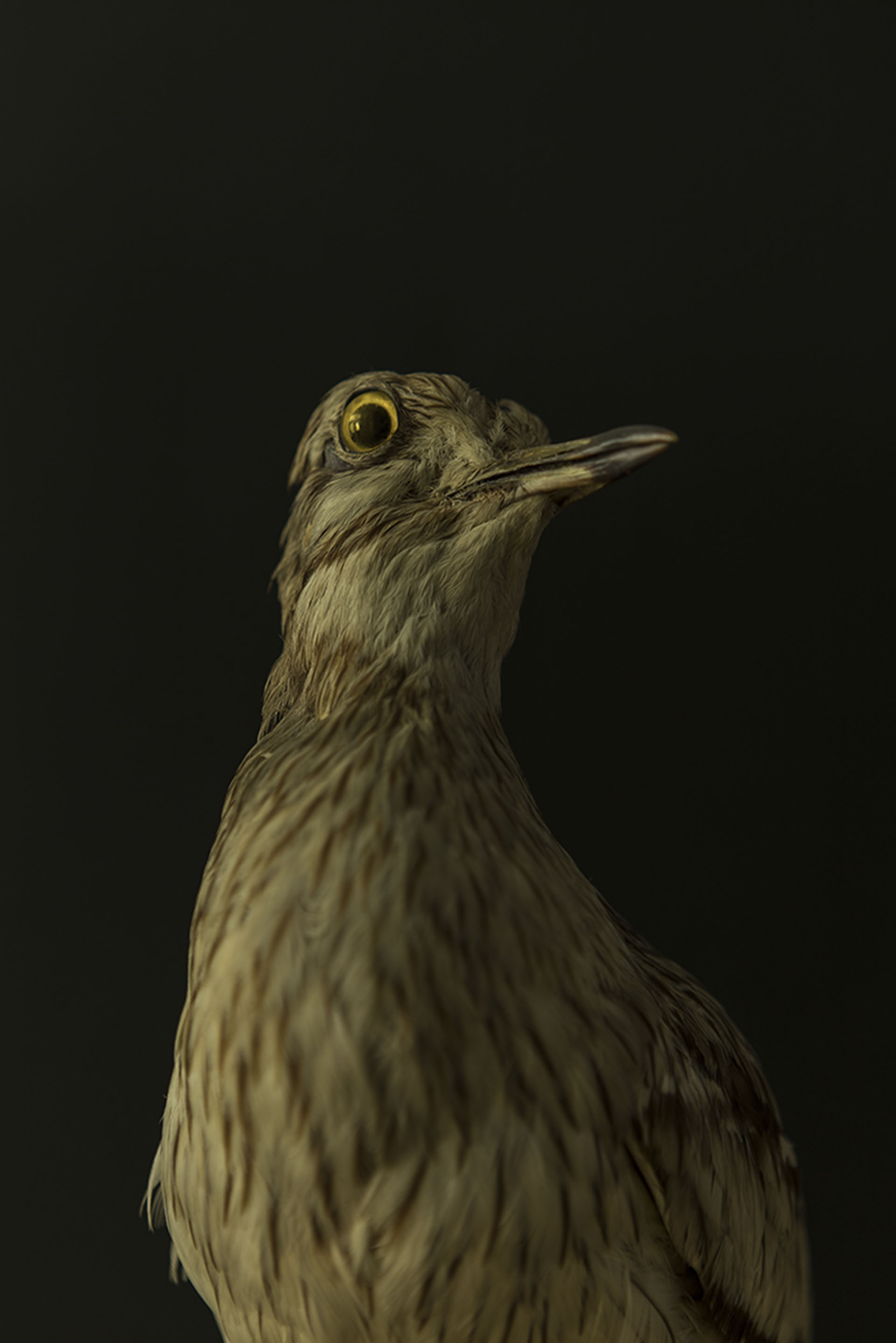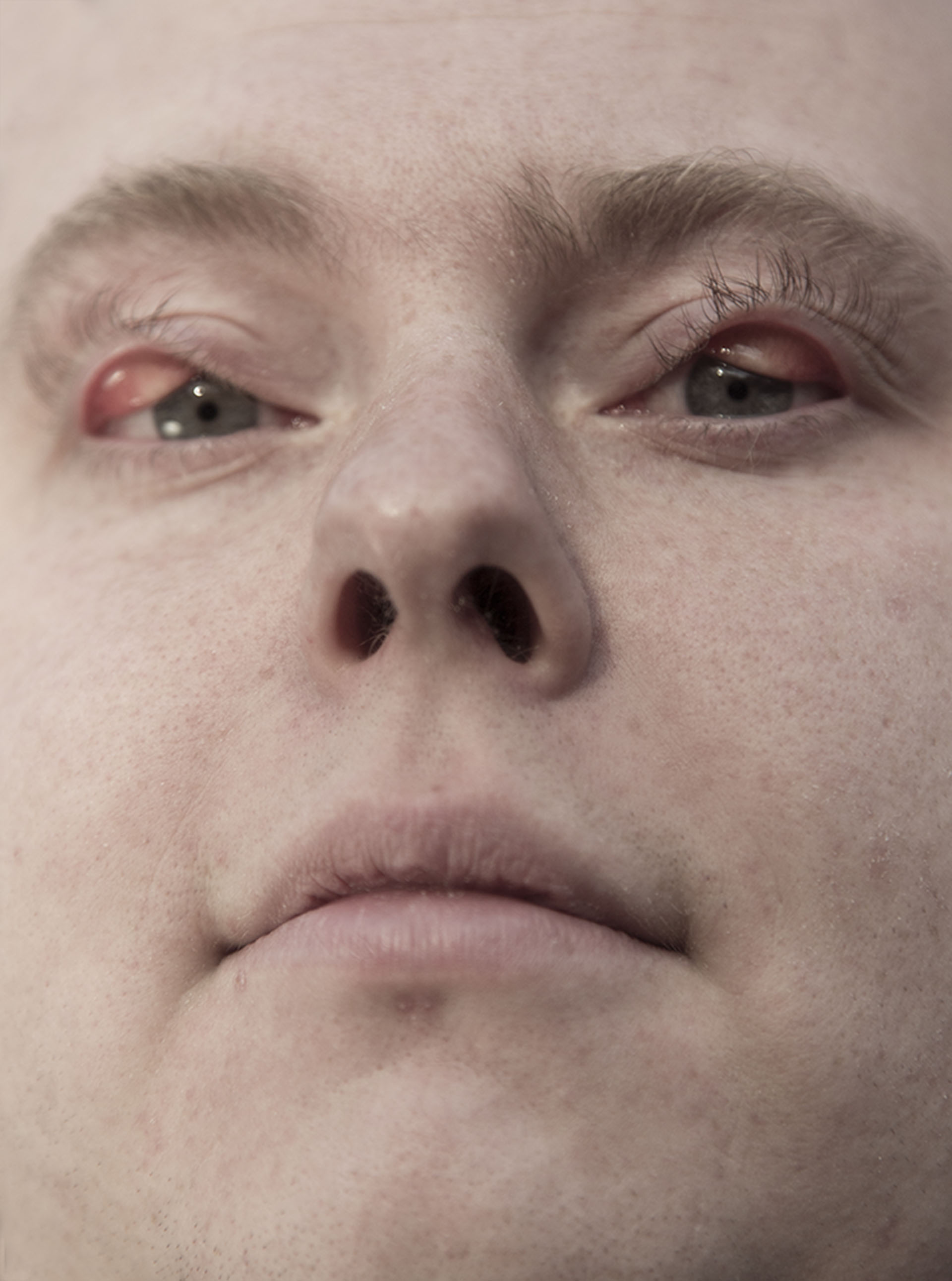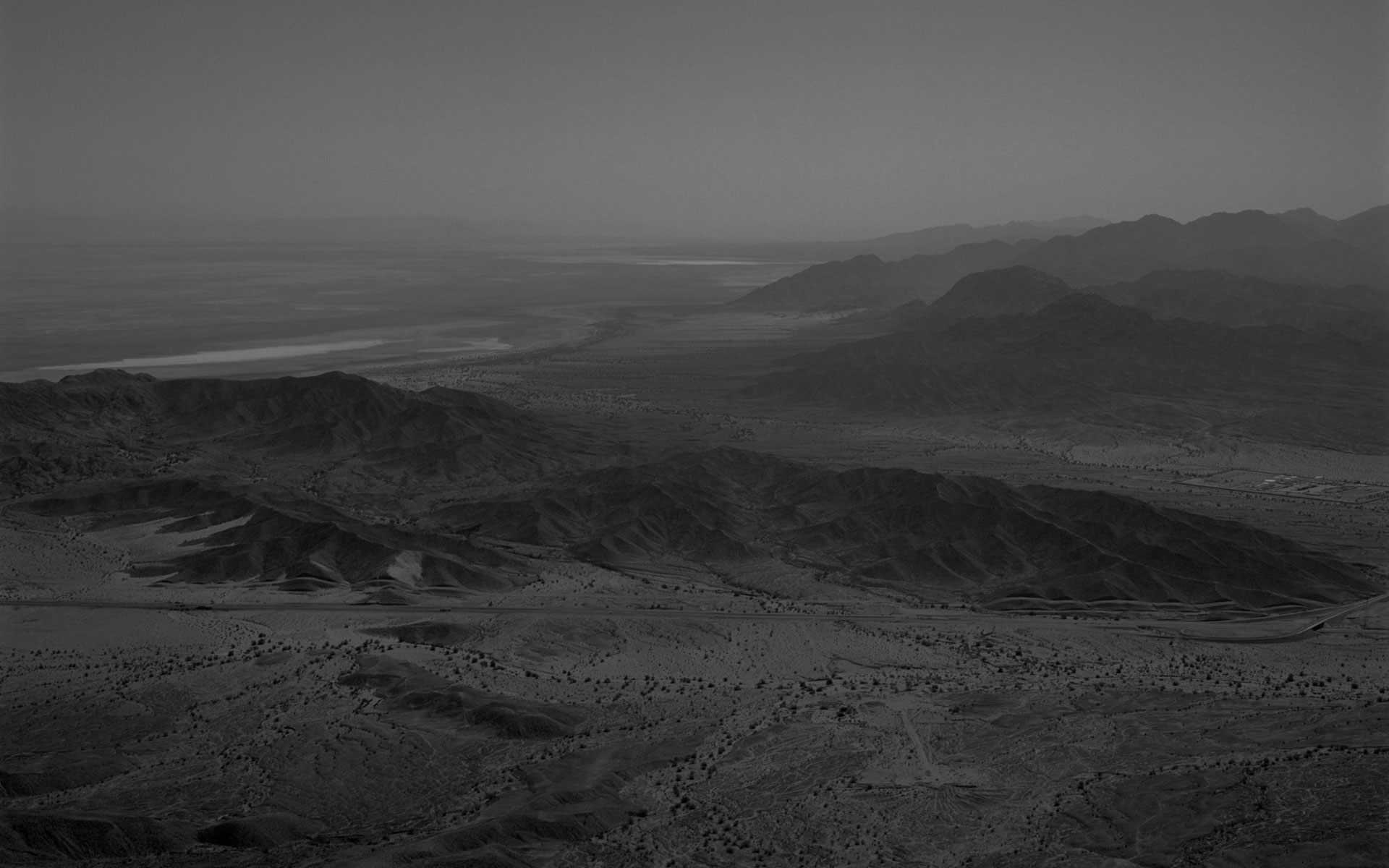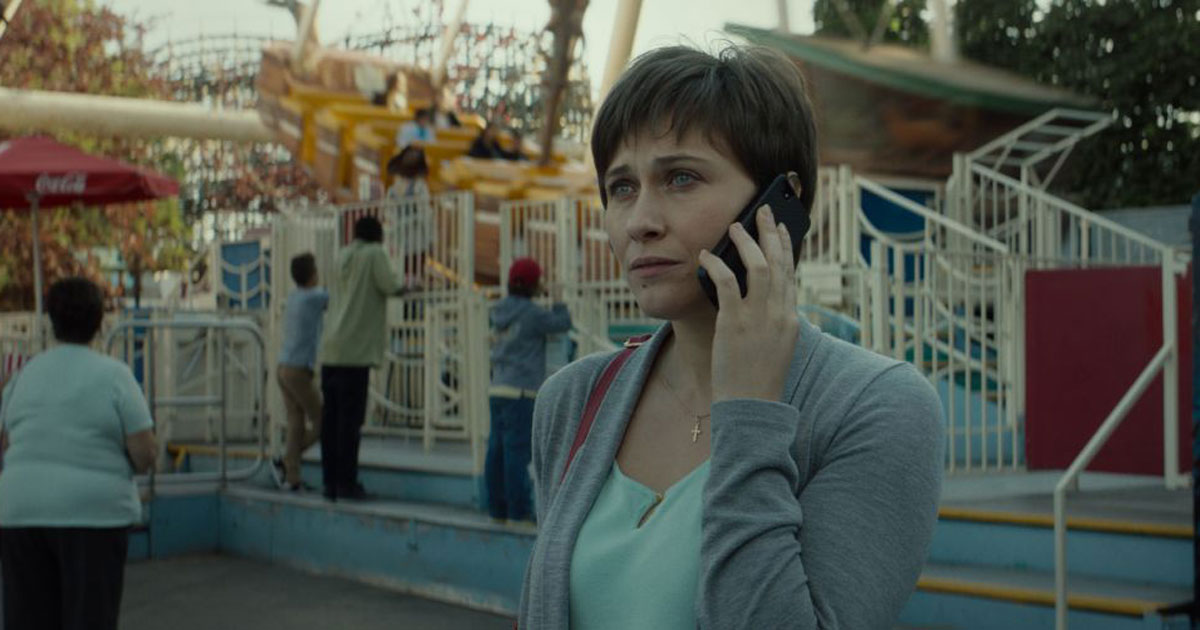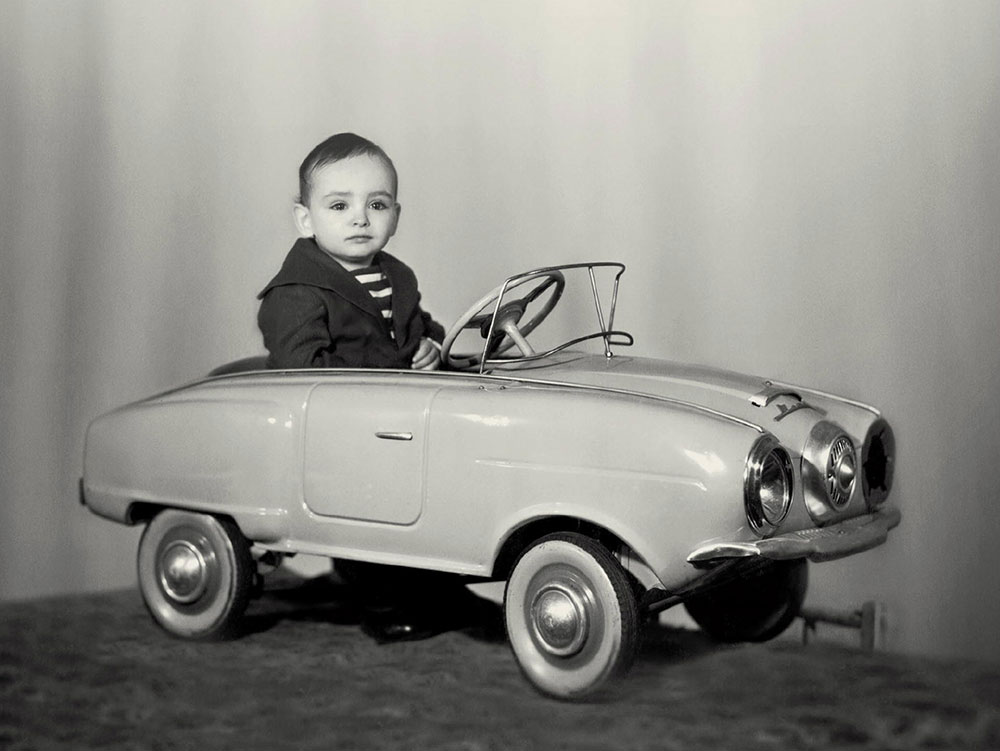The fascinating history of Polish migration to South America
In the series Waiting for the snow, Polish photographers Katarzyna Wasowska, Marianna Wasowska, and Krystian Daszkowski explore a lesser known story of Polish migration: South America. Drawing in part on her own family’s experience of migration, Wasowska uses a mix of maps, archive images, sound, and photography to piece together the Polish diaspora in Argentina and Brazil, starting from the first major waves of Polish immigration to South America following Poland’s partitions in the 18th century. At a time in which migration in Europe and across the world is under attack, it’s a poignant time to remind ourselves of the importance of free movement, and the right to start a new life in safety.
Katarzyna Wasowska is a photographer taking part in the Futures Platform, co-funded by the Creative Europe Programme of the European Union.
Rather than any broad notion of European identity, it’s the peripheral and in-betweeness of Poland where I grew up and live, which has had a significant influence on who I am, which stories I choose to tell, and the style of my work. Being European gave me the opportunity to travel and access information, and this has made me think about the world as a subject of investigation. Living in Europe has certainly influenced my photographic practice as I find themes for my work among the problems of my surroundings, which are easy to find as there are plenty of them.
I find Poland as a land of never-ending paradoxes, which I often use as the starting point of the stories I tell in my works. For example, we can take the issue of migration — we are basically one of the most migrating nations. Poles have migrated for centuries, then before the war, during the war, after the war, during communism, when we entered the European Union. We migrated because of hunger, as refugees, economic migrants, or simply looking for a better life. But when it comes to welcoming refugees or economic migrants from other countries, Polish society says ‘no’, as if it didn’t learn from its history, or at the very least the current economic situation. I often meet Poles working abroad who don’t like the fact that people from the east come to work in Poland. For me, this was the starting point of the project I’m working on with two other artists, Marianne Wasowska and Karol Kołodziejczyk, called Waiting for the snow, about Polish migration to Latin America.
Even though 91% of Polish population are Catholic, around the same number also have individual or pagan beliefs, experience paranormal events, go to fortune-tellers, or at least call the fortune-tellers who appear on TV, all of which is totally against their faith. This paradox in the Catholic religion had inspired my previous work So it happens that the world is not what it seems, which I produced in collaboration with photographer Krystian Daszkowski.
The migration crisis never actually took place in Poland, but it had a strong effect on our politics and social mentally. The manifestation of racism and xenophobia strongly pushed me to focus on the migration issues connected to Polish history. I perhaps naively thought that by doing research on migrants and popularising their stories from the opposite perspective — Polish people as migrants and not the hypothetical host — could help people empathise with migrants. Researching the history of the Polish as migrants, who existed in a context, be it environmental or cultural, totally different to today, may also offer answers to important questions about the problems of assimilation, identity formation, attitudes to your country of origin, as well as the possible change in mentality influenced by the nature and climate of a new homeland.
I can see the turbulent times we now live in has had a big impact on photography in general. Increasingly, artists are investigating stories connected with the biggest problems of our times, like growing nationalism in many European countries, migration issues, war in Ukraine. Many deal with history, climate, and ecology. I think it’s very important to speak about those topics through photography, because it gives us the ability to form more complex and multilayered communication. I believe it can be understood beyond spoken language.
